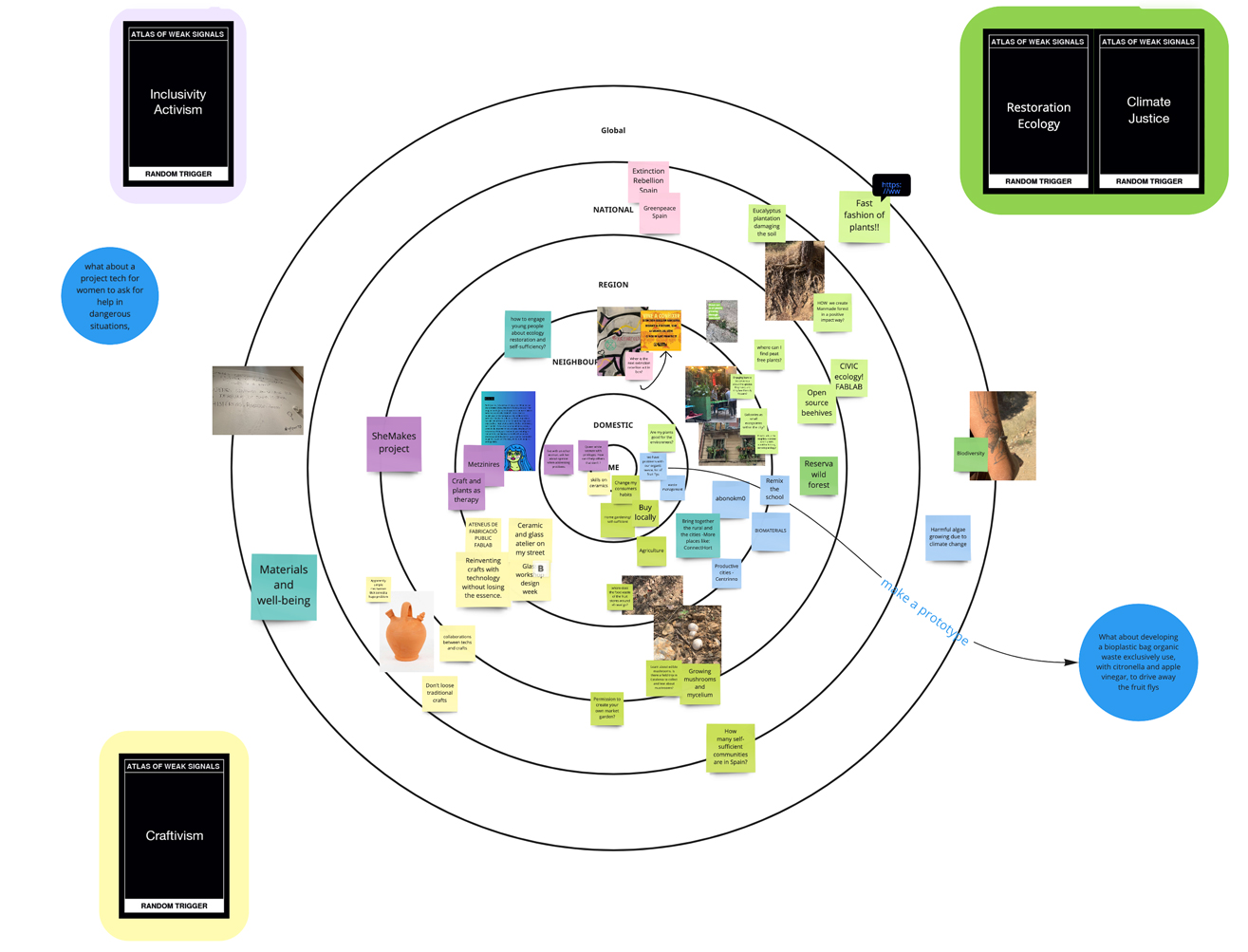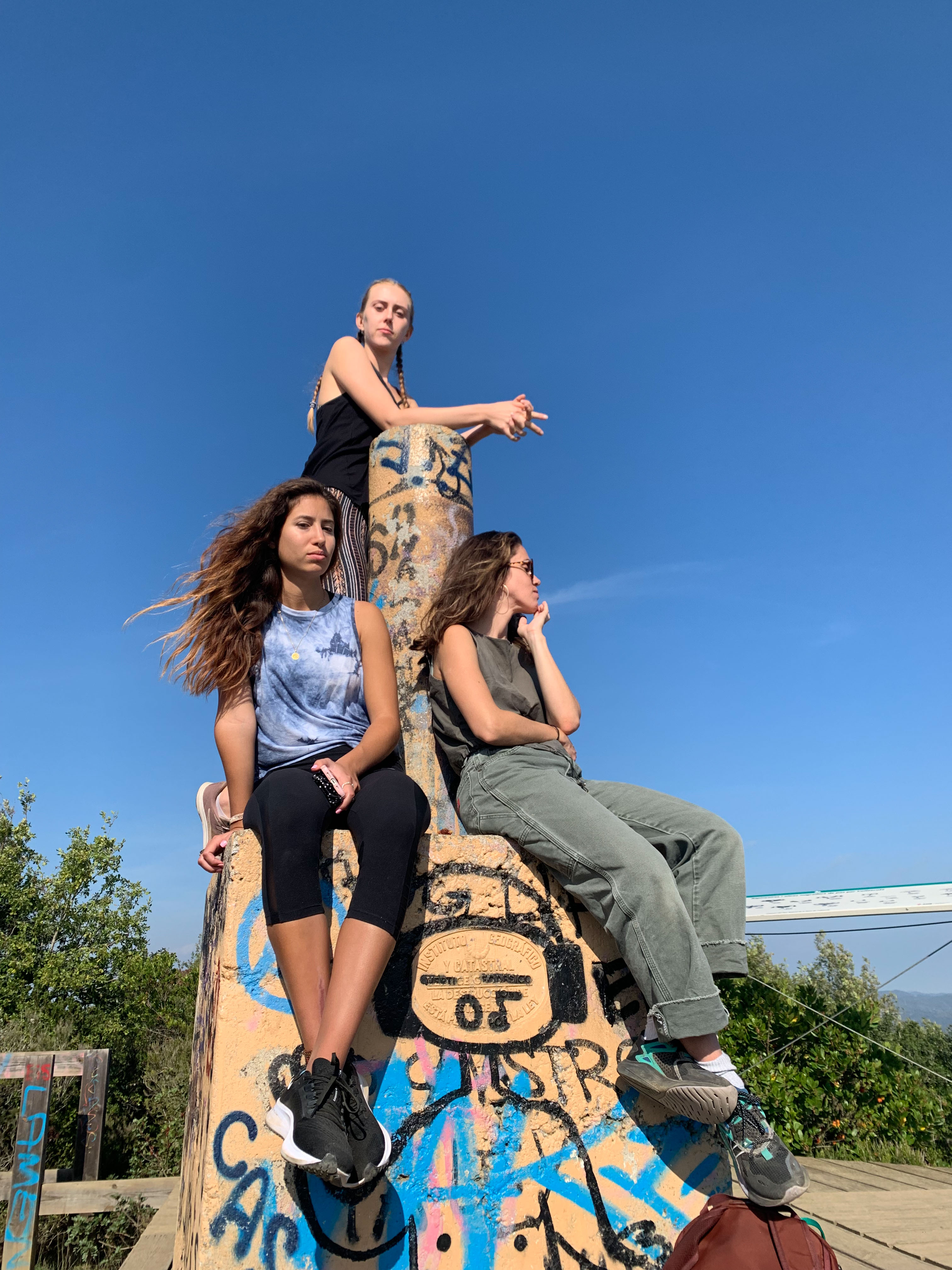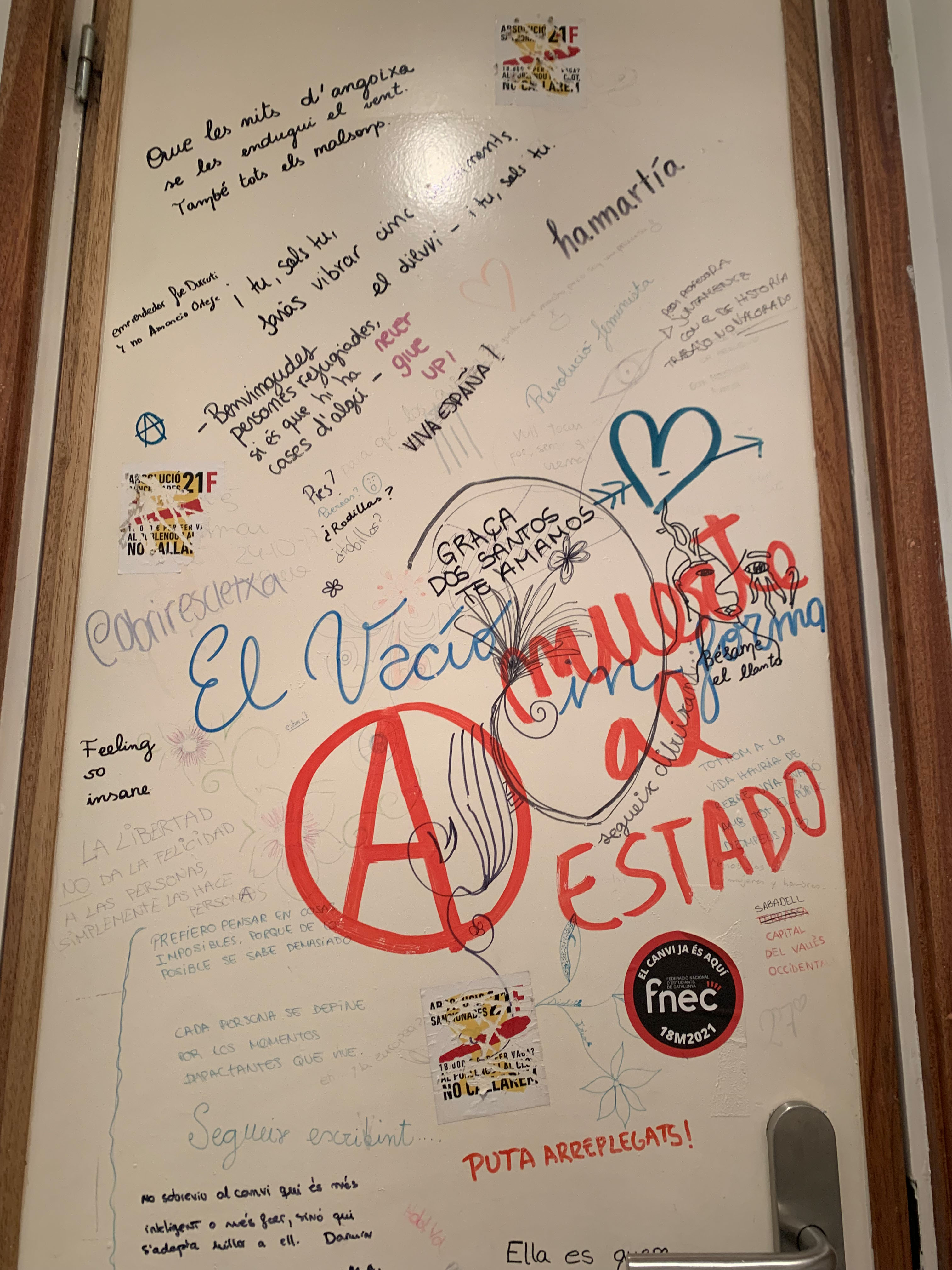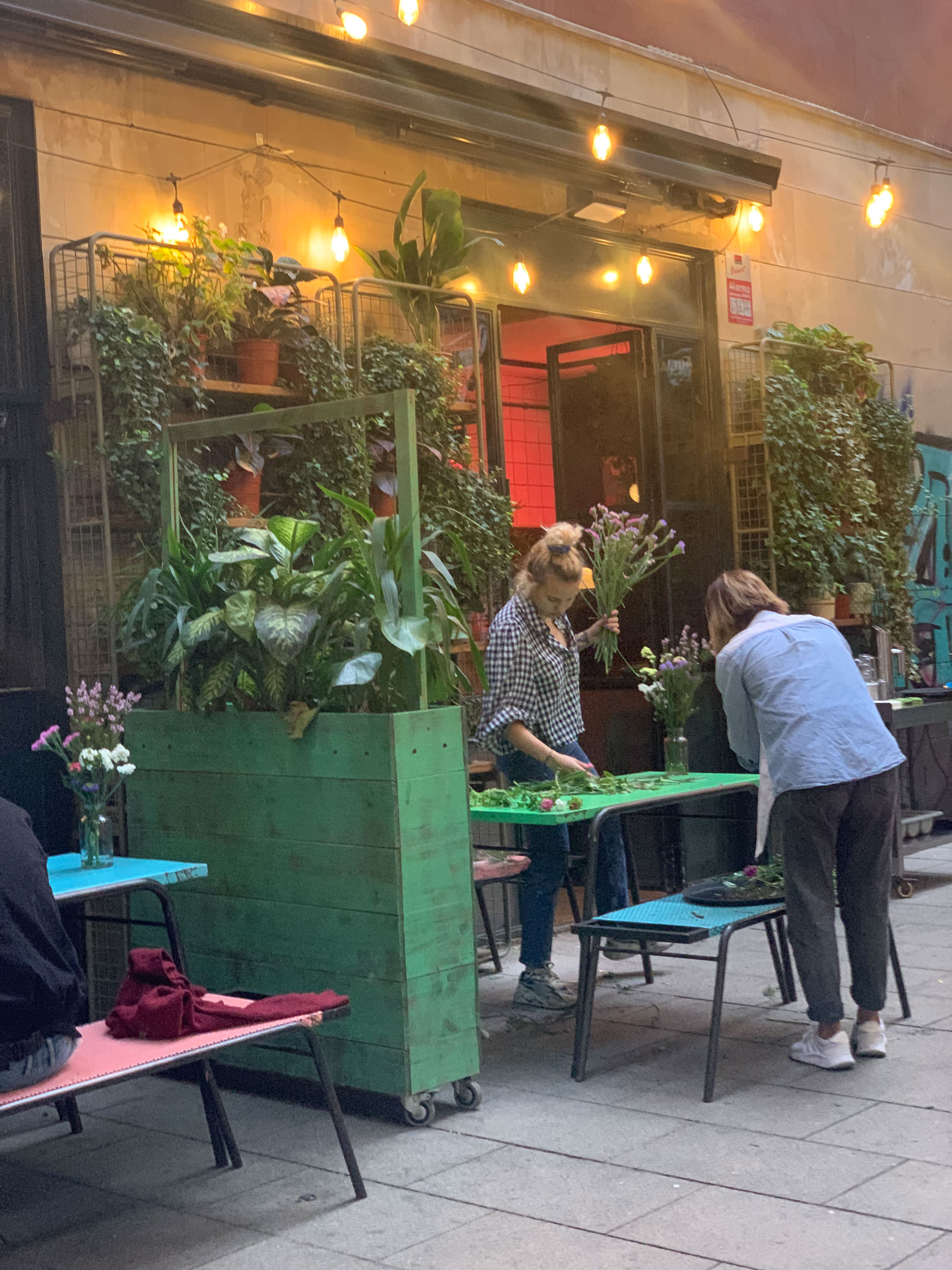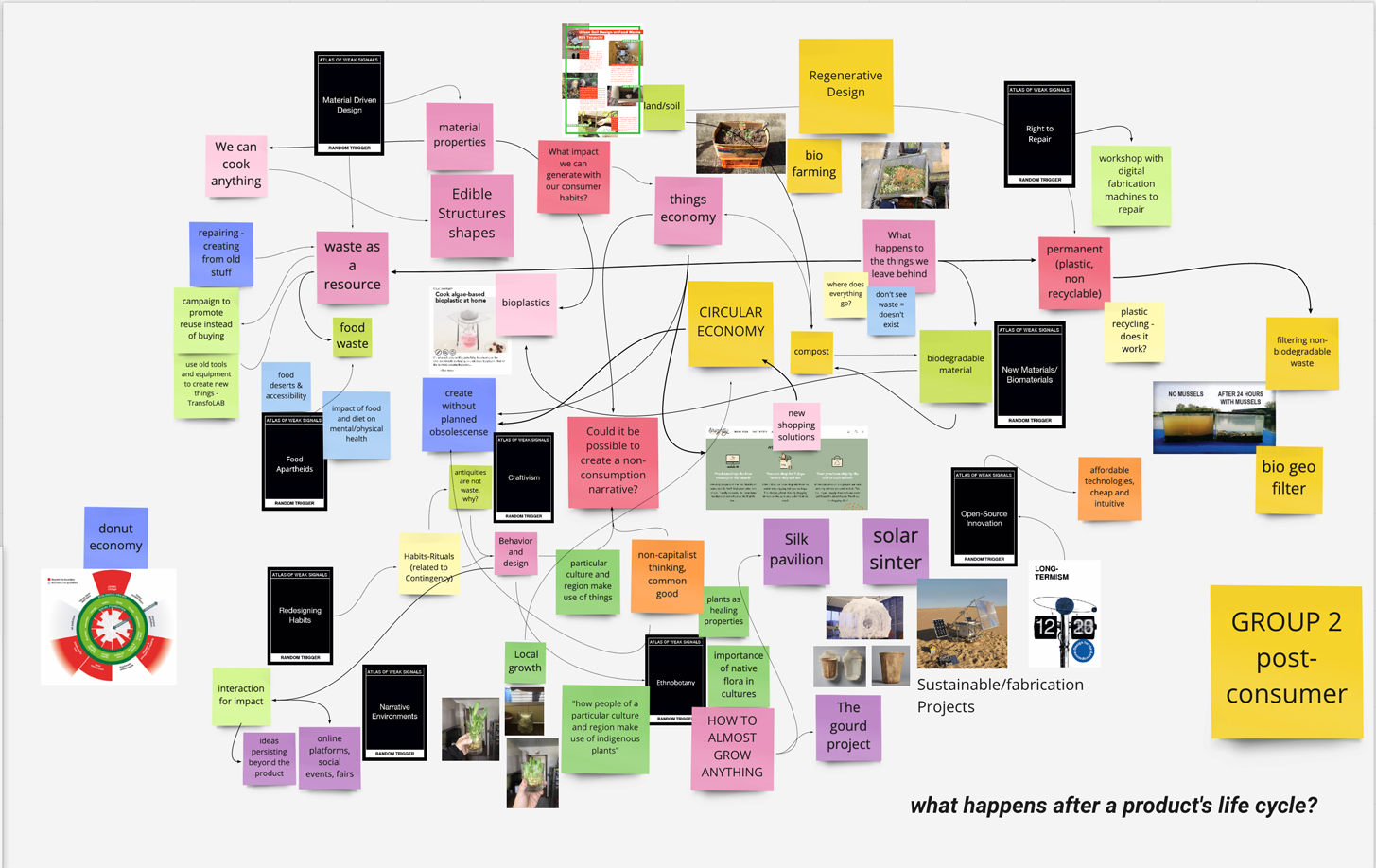I feel like this week helped me a lot to realise how my interests, personality, and experiences in life play a crucial role in my decisions as designer. It was really awakening to get to know more about Mariana's background, I felt quite identified with her experiences. Also her introduction gave me a lot of hope on how I could also be able to deal with my difficulty and yet achieve my goals. Having a bank holiday day to process all of it was super helpful. I started to put more sense into all my thoughts and actually realized that some of my issues such as insecurities, anxiety and depression are a part of me that just makes me more human, not weaker. Therefore I think I can use this apparent disadvantage, as a way to connect better with my audience on an emotional level in order to achieve a high level of compromise.
During the previous week I understood better what is the role of a designer for emergent futures, while during this second week I perceived that we have to choose which future we want to shape. Future? Who? Which future? Whose futures?There's a whole race for the ownership of the future... The future might be already colonised. We as agents of change have the power and obligation to find weak signals, identify and analyse them in order to create alternative futures. A weak signal is an indication of an emerging issue, concept, area of interest or possible change that may be meaningful or may impact our environment in a significant way in the future. After getting a deeper understanding of what are those weak signals we were asked to choose a maximum of two signals for our outdoor activity.
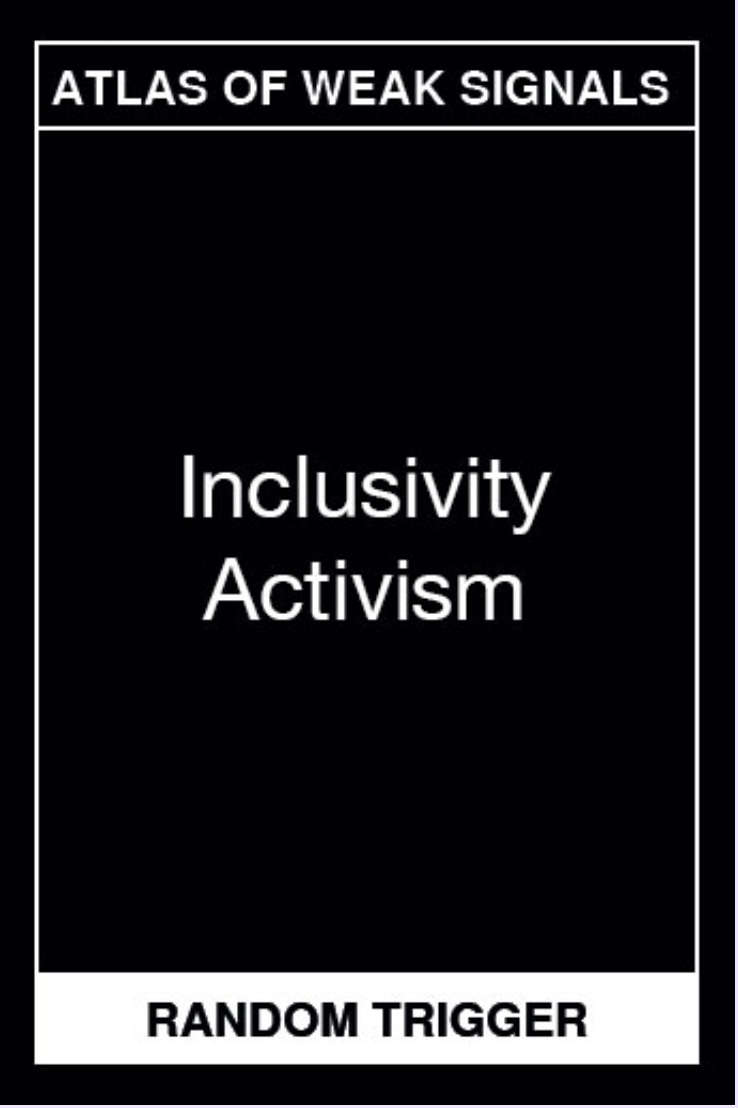

Why did you choose your main weak signals? How do they relate to the fight you presented one week ago?
I chose Restoration Ecology and Inclusivity Activism as my main two weak signals. Even though there were many other triggers that caught my attention, I found that it would be really interesting to choose these apparently different ones to work better on the possible connections between them. As I expressed in my fight, I believe that the future has to be Intersectional. Intersectional Environmentalism is a movement that advocates for the protection of all, the people + the planet. This movement was started by Leah Thomas in June 2020, she uploaded a protest graphic “Environmentalists For Black Lives Matter '' along with a definition for Intersectional Environmentalism and a pledge - with the intention of bringing social justice to the forefront of conversations within environmentalist spaces. Intersectional environmentalism, a term largely inspired by Professor Kimberlé Crenshaw and her work with intersectional feminism. It identifies the ways in which injustices affecting marginalized communities + Mother Earth are interconnected.
Read more. Therefore by choosing these two cards I could address the problem from the two perspectives and start to see how I can apply it to my local reality. I would also like to use my interests on ceramics and crafting as a possible tool to connect marginalized communities and climate conscience.

Reflect on your experience looking for weak signals in a situated approach though scales.
At the beginning I felt like Restoration Ecology might be an easy weak signal to look for during our field trip. I mainly enjoyed the walk through the forest and started to imagine how the future would be if we have more spaces like that integrated in cities. I found it quite spiritual and it gave me a lot of hope on how to achieve this utopical society. Putting it on the diagram derived from many questions that started popping up in my head, like how we create Man Made forest in a positive impact way? or Are our domestic plants good to the environment?Which kind of resources could I find in my neighbourhood to relate restoration ecology? Use balconies as small ecosystems within the city?
Inclusivity Activism was apparently more difficult to relate on this walk. But I had to do a stop at the toilet before getting into the nature, and I saw many handwritten graffitis on the walls talking about feminism and welcoming refugees. Also on my way back home, I came to realise that I have many places around my home that are related to the topics that I'm interested in. Like a ceramic atelier and a glass crafting atelier.
However, the most interesting thing that I realised was that there is a Womxn’s association just beneath my house, and I've been listening to their meetings through my window everyday since I moved to Barcelona, but it wasn't till this moment that I found the connection with my design space. It led me to google it and know more about their work. Metziners is an environment of shelter for Womxn who use drugs surviving violences. It made me think that inclusivity is a wide concept and that there are many marginalized communities that need to be heard and taken into account. Drug users are many times seen as leftovers of society, and we tend to think that they are addicts just because they are too weak, and not because they suffered certain traumatic experiences that led them to the use of drugs to escape from their realities.I think that it would be great to empower these collectives by giving them tools to feel useful in the fight for climate justice. Making them realise that they play an important role in this race and that we want to build a future that protects them all and the planet.And I think that if connecting with nature felt so spiritual and therapeutic for me, it could also help this womxn.
I also found graffiti on my street with the symbol of the extinction rebellion, which is an activism movement that fights for the climate emergency. I've been following them for a while but I always find excuses to don't go to the welcoming assemblies that they gather. Until this moment, I saw the graffiti and went to look for their movement in Barcelona and surprisingly they were about to gather a welcome assembly this Saturday just next to my house. So I went to the assembly and now I'm finally part of the movement. It was a really nice experience to meet like minded individuals in the city beyond my classmates. And I'm sure many interesting ideas will also come up from this community.
